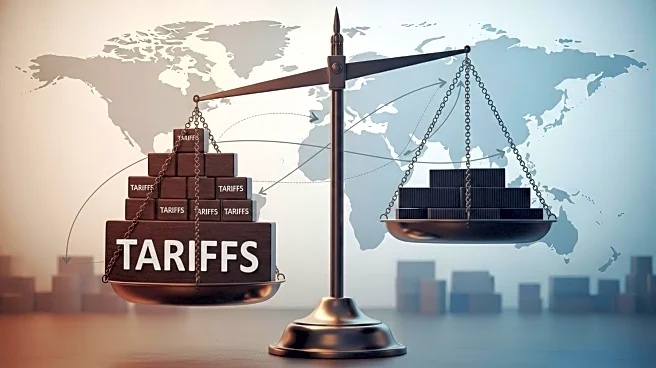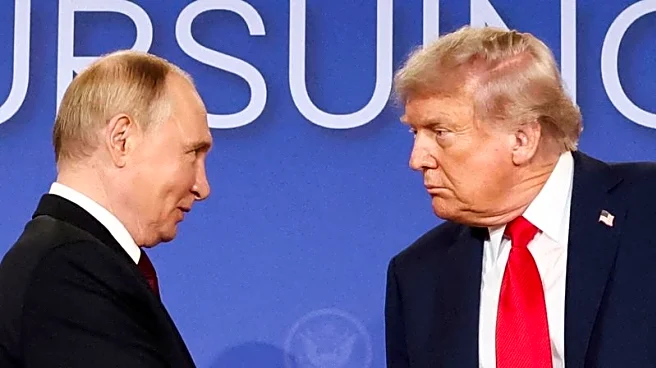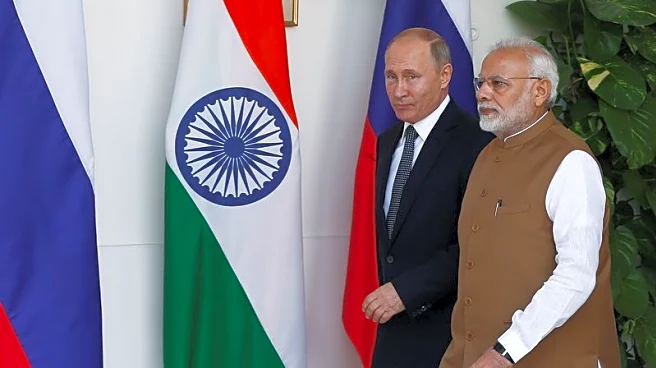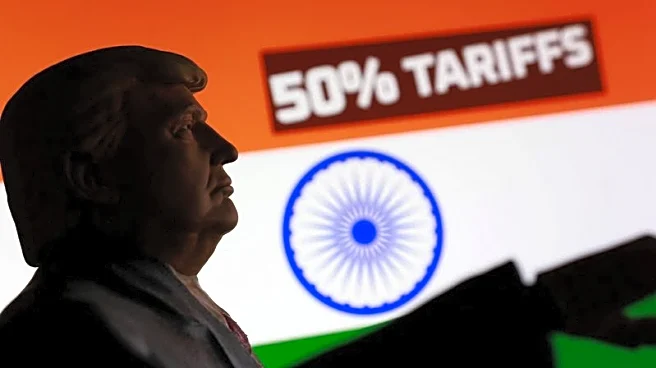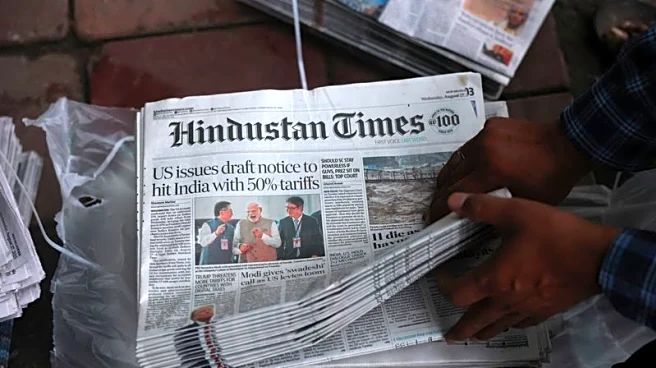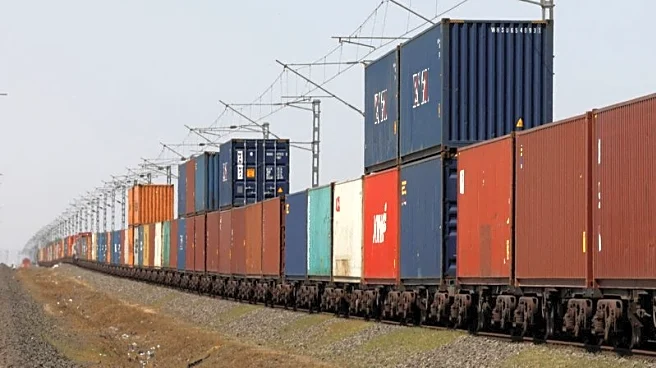What is the story about?
What's Happening?
The Office of the United States Trade Representative (USTR) has implemented a significant increase in tariffs on imports from India, raising them to as much as 50%. This move follows five rounds of unsuccessful negotiations between the two countries. The tariffs, which affect goods such as garments, gems, jewelry, footwear, sporting goods, furniture, and chemicals, are among the highest imposed by the U.S. and are comparable to those on imports from Brazil. The decision comes in response to India's purchase of Russian oil, which the U.S. claims funds Moscow's war in Ukraine. Indian officials have expressed hope that the U.S. will reconsider the additional tariffs, while the Indian government is planning measures to mitigate the impact on its economy.
Why It's Important?
The doubling of tariffs by the U.S. on Indian imports is a significant development in international trade relations, particularly affecting the economic ties between the two countries. The tariffs threaten thousands of small exporters and jobs in India, potentially impacting the country's economic growth. The move also highlights the geopolitical tensions surrounding India's energy purchases from Russia. For the U.S., this action could lead to a shift in trade dynamics, potentially benefiting competitors like Vietnam, Bangladesh, and China. The tariffs may also influence India's position as an alternative manufacturing hub to China, affecting global supply chains.
What's Next?
India is likely to seek alternative markets for its exports, such as the U.K., Australia, and the UAE, to offset the impact of the U.S. tariffs. The Indian government may also provide financial assistance to affected businesses and consider economic reforms to reduce protectionism. The U.S.-India trade relationship may face further challenges if the tariffs remain in place, potentially affecting broader diplomatic relations between the two countries.
AI Generated Content
Do you find this article useful?



